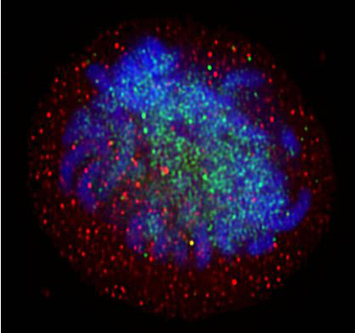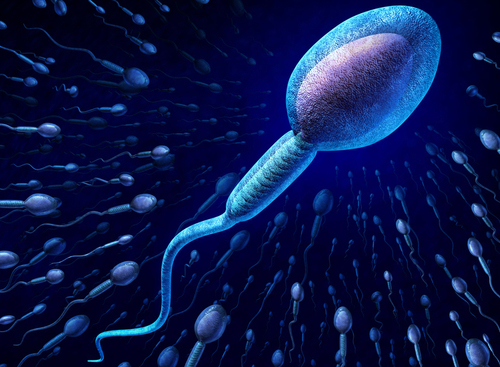See on Scoop.it – The future of medicine and health
Scientists are hoping a new technique will let them “see” pain in the bodies of hurting people, so doctors won’t have to rely solely on patients’ sometimes unclear accounts of their own pain.
Past research has shown a link between pain and a certain kind of molecule in the body, called a sodium channel—a protein that helps nerve cells transmit pain and other sensations to the brain. Certain types of sodium channel are over-produced at the site of an injury. So researchers set out to develop a way to make the resulting over-concentrations of sodium channels visible in scanning images.
Current ways to diagnose pain basically involve asking the patient if something hurts. This can lead doctors astray for a variety of reasons, including if a patient can’t communicate well or doesn’t want to talk about the pain. It can also be hard to tell how well a treatment is really working.
No existing method can measure pain intensity objectively or help physicians pinpoint where the pain is, said Sandip Biswal of Stanford University in California and colleagues, who described their new technique Nov. 21 online in the Journal of the American Chemical Society.
Biswal and colleagues tested the technique in rats.
They used an existing scanning method known as positron emission tomography (PET) scan, which uses a harmless radioactive substance called a tracer to look for disease in the body. They also turned to a small molecule called saxitoxin, produced naturally by certain types of microscopic marine creatures, and attached a signal to it so they could trace it by PET imaging.
When the researchers injected the molecule into rats, often a stand-in for humans in lab tests, they saw that the molecule accumulated where the rats had nerve damage. The rats didn’t show signs of toxic side effects, the scientists said, adding that the work is one of the first attempts to mark these sodium channels in a living animal.
See on www.world-science.net

 Stumble It!
Stumble It!











